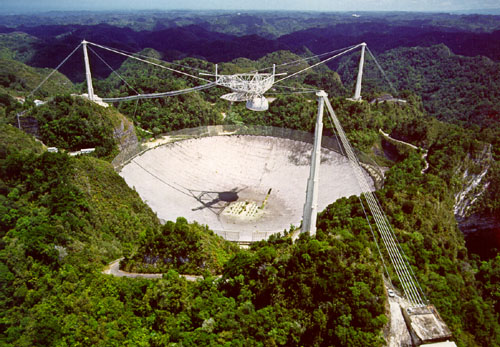






Selected Articles from the
April 2001 Odyssey
Editor: Terry Hancock
- Taking Part in the Search, Craig Ward
- The Rarity of Sol-Type Systems, Terry Hancock
- A Matter of Attitude, Part 3, Robert Gounley
- The Surf Report, Diane Rhodes
Taking Part in the Search
Craig E. Ward
As this is being written, 142 NSS members and their friends are participating in the SETI@home project as part of the NSS team. Collectively, they have contributed 179.24 years of CPU time processing 97,235 data units.
| Name | Results | CPU | Avg. CPU time |
| (Years) | per work unit | ||
| GGrahn | 14440 | 18.63 | 11h18m05.1s |
| Jay C. Parangalan | 11183 | 15.46 | 12h06m33.1s |
| Bob Deen | 5276 | 8.89 | 14h45m51.9s |
| Paul McCormick | 4520 | 6.51 | 12h37m17.7s |
| SPiper | 4327 | 4.90 | 9h54m38.9s |
| Noah | 4072 | 12.40 | 26h40m26.6s |
| David Prusak | 3943 | 4.41 | 9h48m14.7s |
| Johnny009 | 3852 | 5.55 | 12h37m48.9s |
| KG | 2275 | 3.73 | 14h22m30.9s |
| Gary Wade | 2175 | 3.22 | 12h58m04.8s |
| Top 10 Members of the NSS SETI@home Team. | |||
The SETI@home project was launched in May 1999. The idea behind it was simple: Use the power of the Internet to harness the unused capacity of the millions of computers sitting on desktops all over the world. This was possible because the problem, analyzing the mass of data from radio signals, could be broken into small chunks and each chunk analyzed on its own. In fact, breaking the problem down into small pieces was the only way it could be done. No single computer anywhere, was capable of handling such a large amount of data in anything near the lifetime of a human being. (For the details of how the data is divided, visit the SETI@home web site.)
Although the main SETI@home site uses some powerful computers and major database engines, to the outside world the core of the project is the SETI@home ``screen saver.'' The client program uses the Internet to download data sets and to transmit the results of the analysis. Most of the work is done offline. This software has won recognition as a superb example of distributed computing. The client runs on just about every platform in use today, including several varieties of Windows, the Mac OS, Linux, Solaris, HP-UX, and VMS. The current version is 3.03. (Earlier versions are no longer supported.)
 |
| The Arecibo Telescope in Puerto Rico, courtesy of the NAIC-Areocibo Observatory, a facility of the NSFand David Parker, Science Photo Library. Click to enlarge |
One of the more surprising aspects of the project is that in spite of the great mass of data going into it (35 gigabytes/day - but not every day), most of the sky has not been examined for these signals. The only source of data is the Arecibo radio telescope in Puerto Rico. Only parts of the sky visible above the virtually immobile telescope are covered. SETI researchers are working to find more sources of data so that follow-up projects can leverage the success of this SETI@home project.
Go to the SETI@home web site to download the software. The site also includes a lot of content explaining the approach, science, and mathematics involved in the search. It certainly is more than just pretty pictures.
To see how the team is doing today, run the team lookup program at the SETI@home site.
File translated from TEX by TTH,
version 2.25.
On 15 May 2001, 18:19.
Copyright © 1998-2003 Organization for the Advancement of Space Industrialization and Settlement. All Rights Reserved.